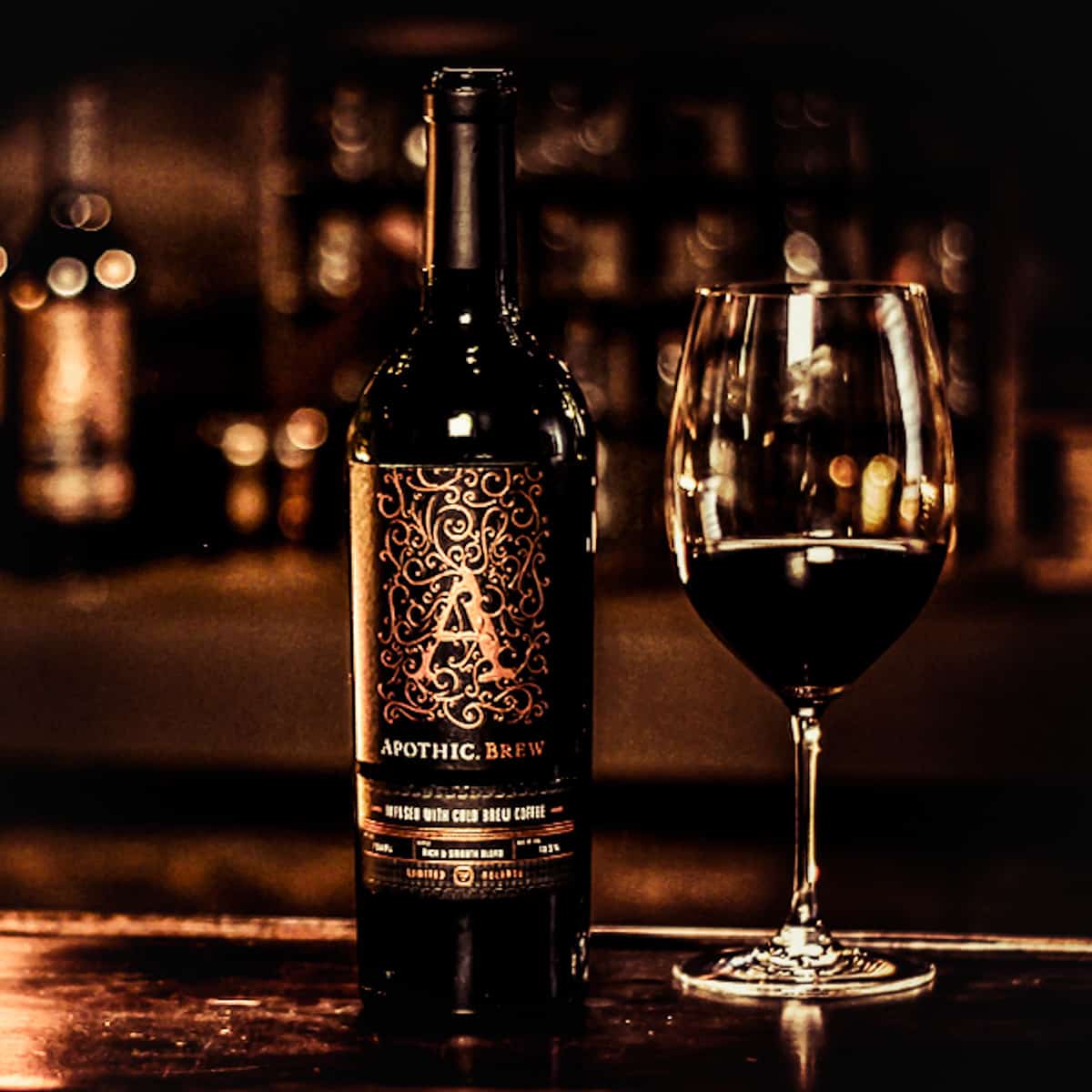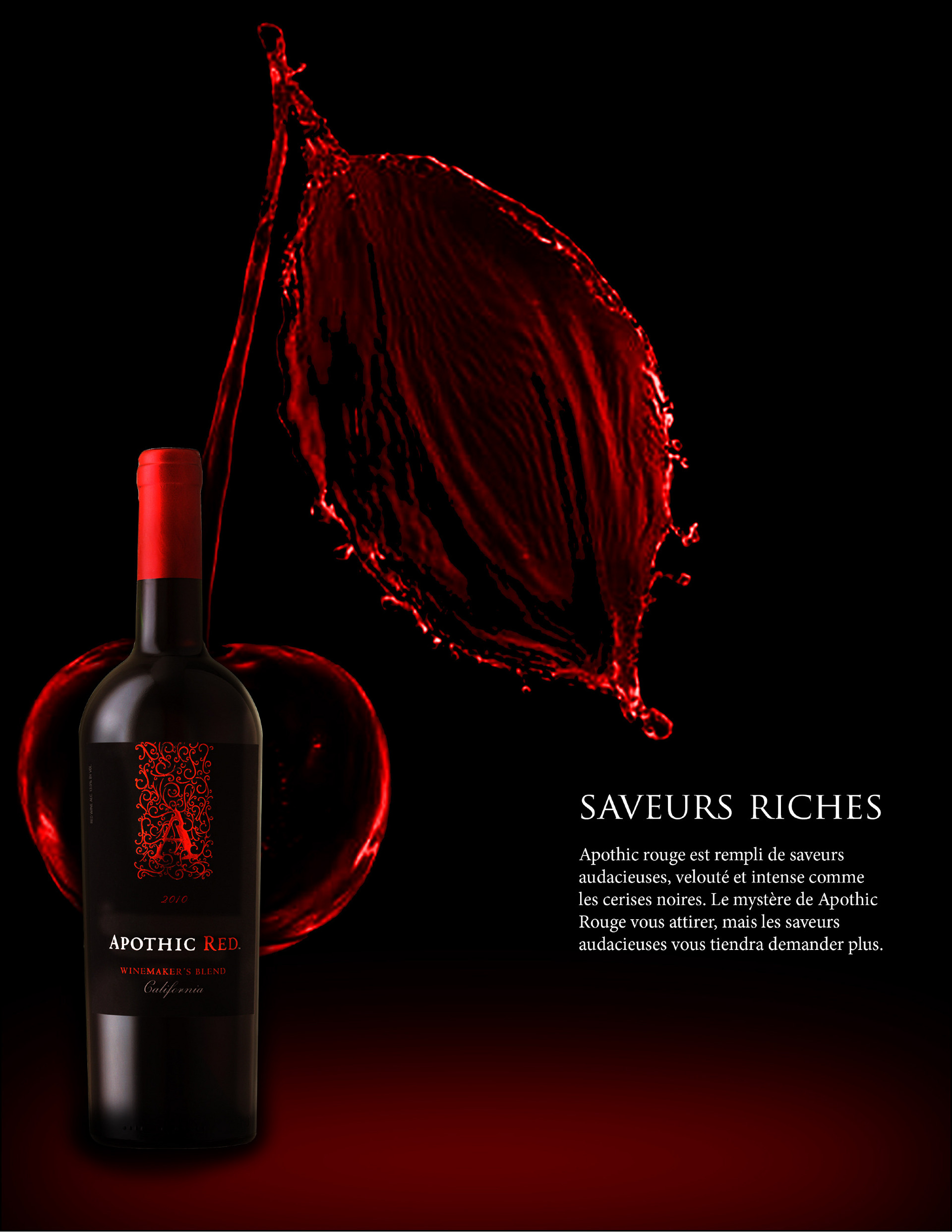

Apothic Wines are a unique blend of different grape varietals. The company was founded in 2007 by wine industry veteran, Beth Milligan. Today, Apothic Wines are produced by California-based winery, Apothic Wines. The monks would create a blend of different herbs, spices, and fruits that they believed would help heal the body. The word “apothecary” comes from the Greek word “apotheke,” meaning “storehouse.” These wines were made in order to have a medicinal wine on hand for the sick and injured. Even at 15 g/L RS, a wine will only add about 7.Apothecary wines were first created in the 13th century by European monks. Grapes are higher quality so the wines don’t need sweetness to taste fruity. If you spend a little more on a bottle of wine, say around $15–25, producers tend to feature less residual sugar (if any at all). There are, of course, excellent exceptions to this rule so look for more information first. It’s safe to assume that most affordable (sub-$15) wines from the US contain some residual sugar, perhaps anywhere from 2–15 g/L.

If you can’t find a technical sheet, or if the residual sugar is not listed, here are a few tips: Menage a Trois California Red: 12 g/L RS.Gnarly Head Old Vine Zinfandel: 3.4 g/L RS.Alta Vista Classic Malbec (2013): 2.8 g/L RS.(The data on these wines was polled in 2015) Several people requested a few real-world examples of red wines that contain residual sugar as examples. Currently, most countries (including the US) aren’t required to label actual sweetness levels in wine. The terms above are unofficial but do show common ranges. Very Sweet 72–130 sugar calories per glass.In case you didn’t know, dry-tasting wines contain up to 10 grams of sugar per bottle. Wines range from 0 to 220 grams per liter sugar (g/L), depending on the style. For example, 10 grams per liter of residual sugar is equal to 1 percent sweetness. Residual Sugar is usually displayed in 1 of three ways: in grams/Liter, in grams/100ml, or as a percentage. In the chart above you’ll see sugar measured as grams per liter sugar or (g/L). This is why many sweet wines have less alcohol than dry wines! A great example of this is German Riesling, which has about 8–9% alcohol by volume (ABV) if it’s sweet and 10–11% ABV when it’s dry.
#Apothic red wine free#
Get the Wine 101 Course ($100 value) FREE with the purchase of Wine Folly: Magnum Edition. When the yeast is is stopped by a winemaker (often by rapid chilling) sugar remains and alcohol is lower. When the yeast is able to eat up all the sugar the result is a dry wine – higher in alcohol content and low in sugar. Grapes contain fruit sugars (fructose and glucose) and the residual sugar is what’s left after yeast has chomped on those sugars.ĭuring winemaking, yeast eats up sugar and makes ethanol (alcohol) as a by-product. That means the sugar in wine is what remains after grapes have gone through the winemaking process. The sugar in wine is called “Residual Sugar” or RS. How Did This Pesky Sugar End Up In My Wine? Many readers asked for a more detailed explanation in terms of calories and tips! How Much Sugar in Wine?

This article is a followup response to Sugar in Wine, The Great Misunderstanding.

There are tons of reasons to ask: Is there Sugar in wine? And the answer is Yes… and No! Some wines have no sugar, and others have a lot (sometimes twice as much as Coca-Cola!) Let’s break it down with some charts to figure out sugar levels in wine.


 0 kommentar(er)
0 kommentar(er)
